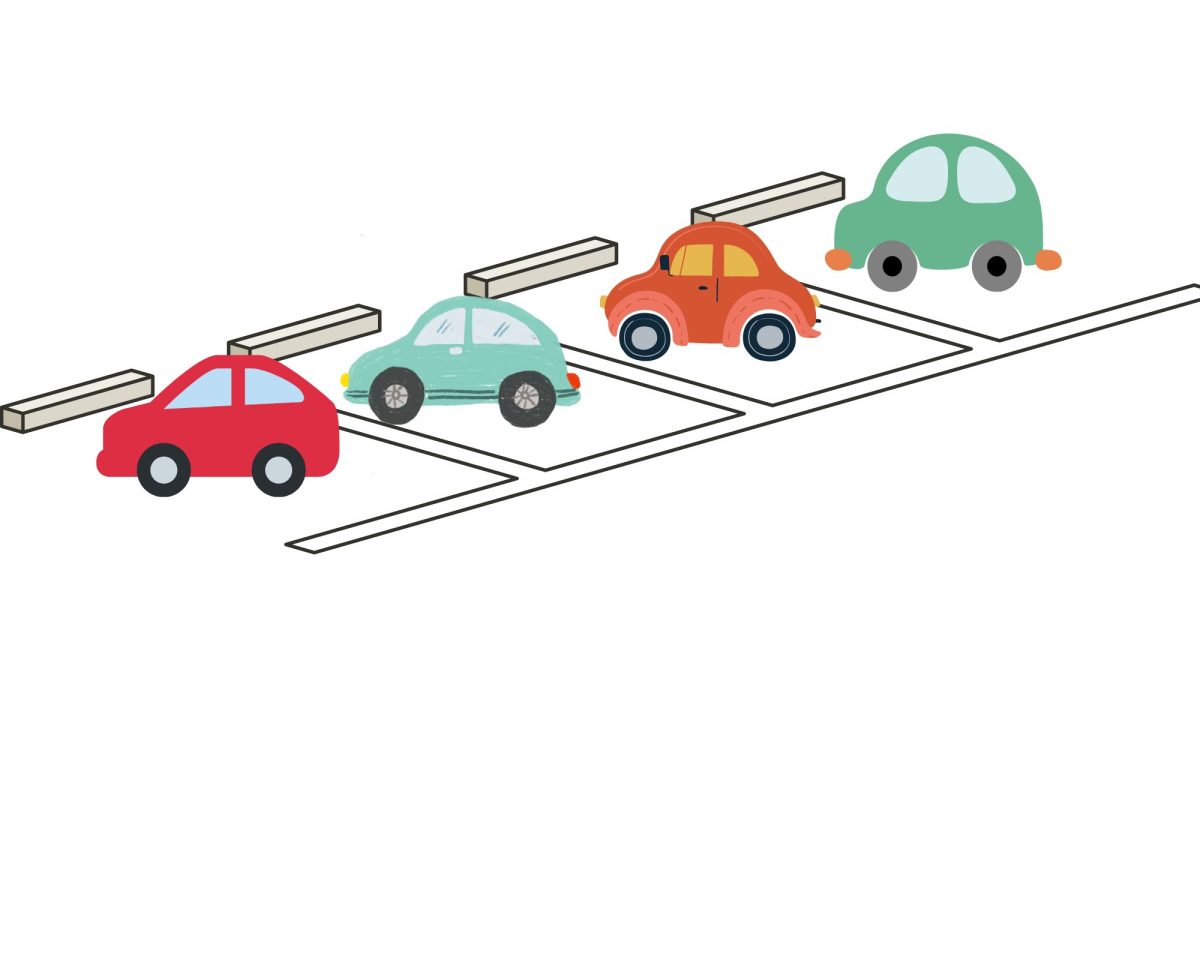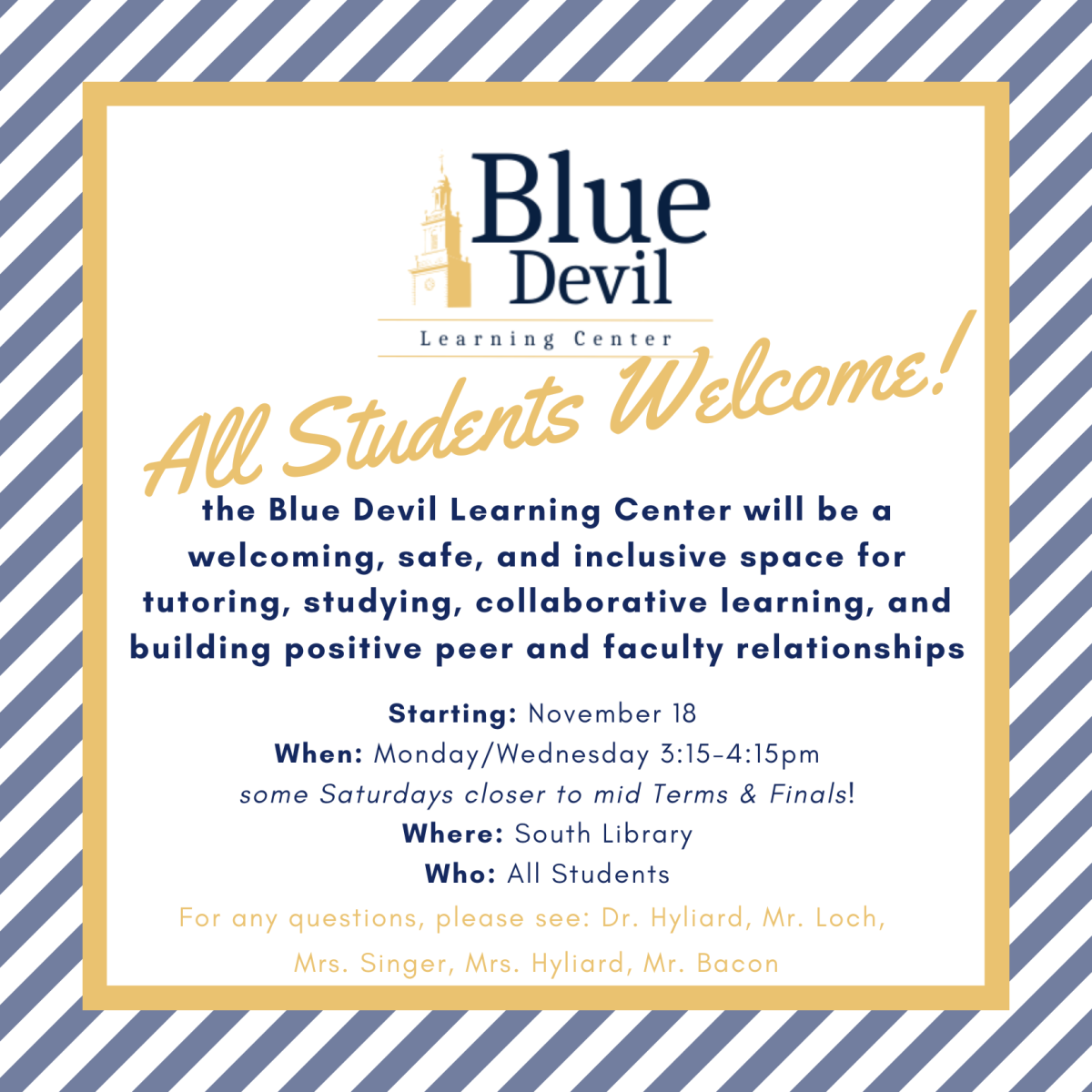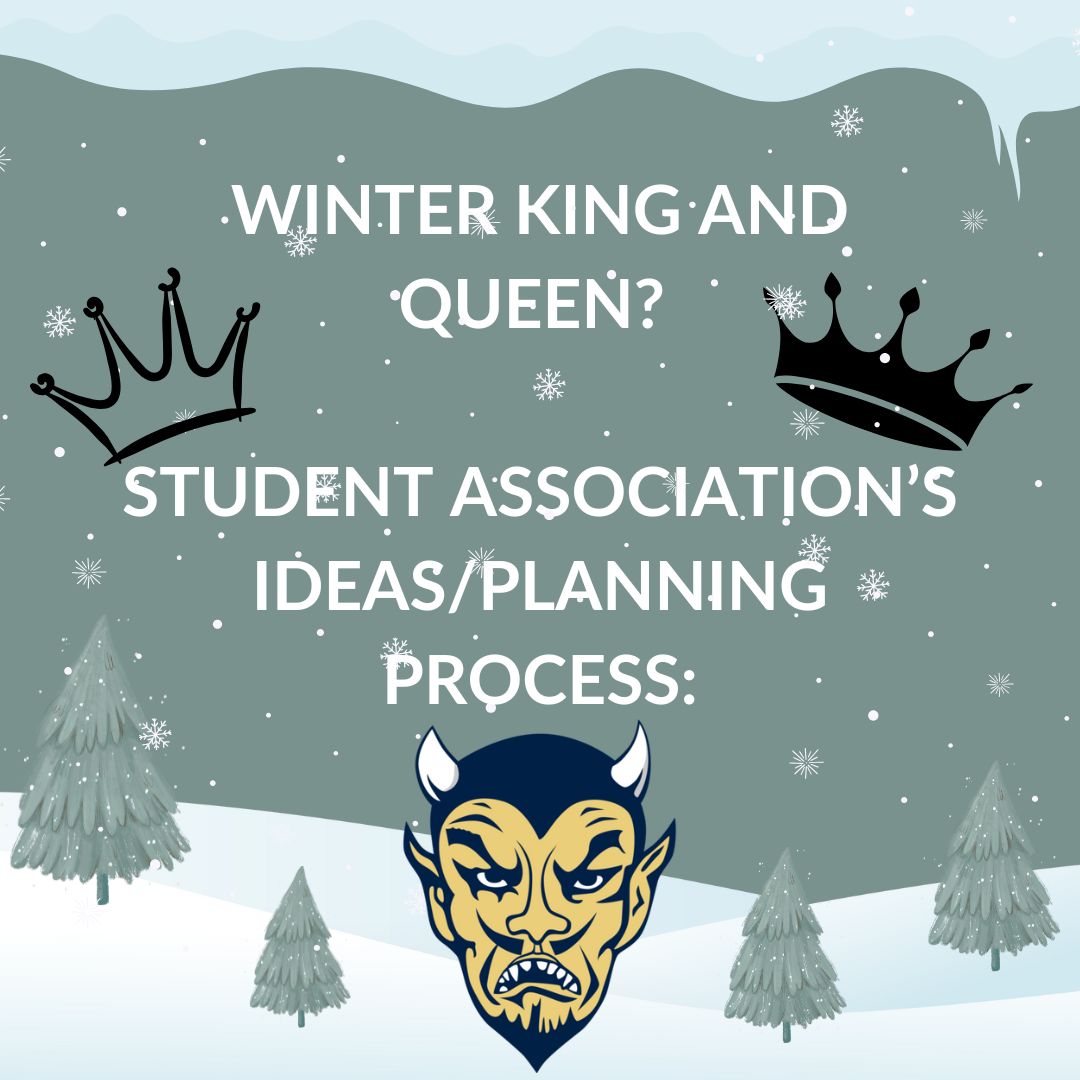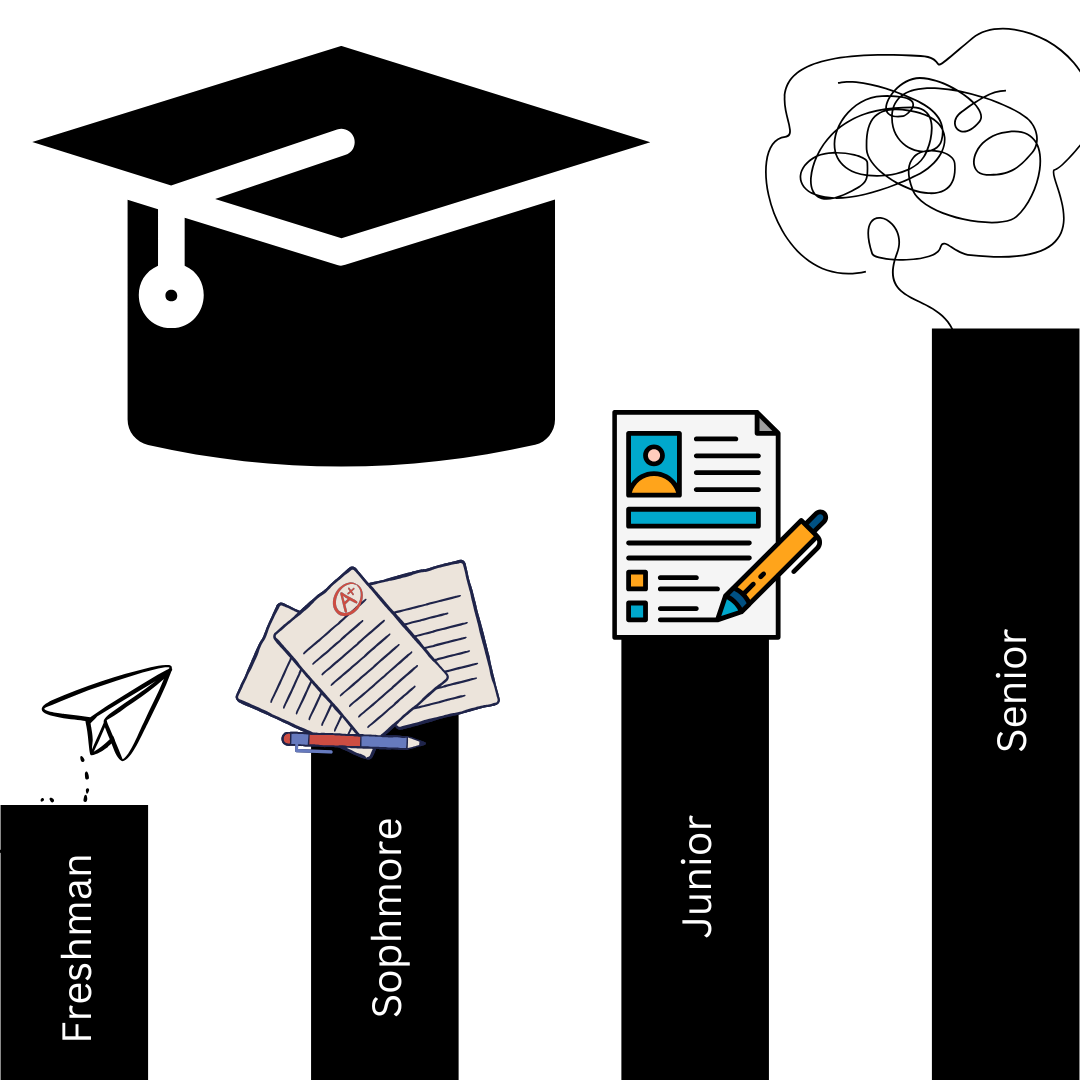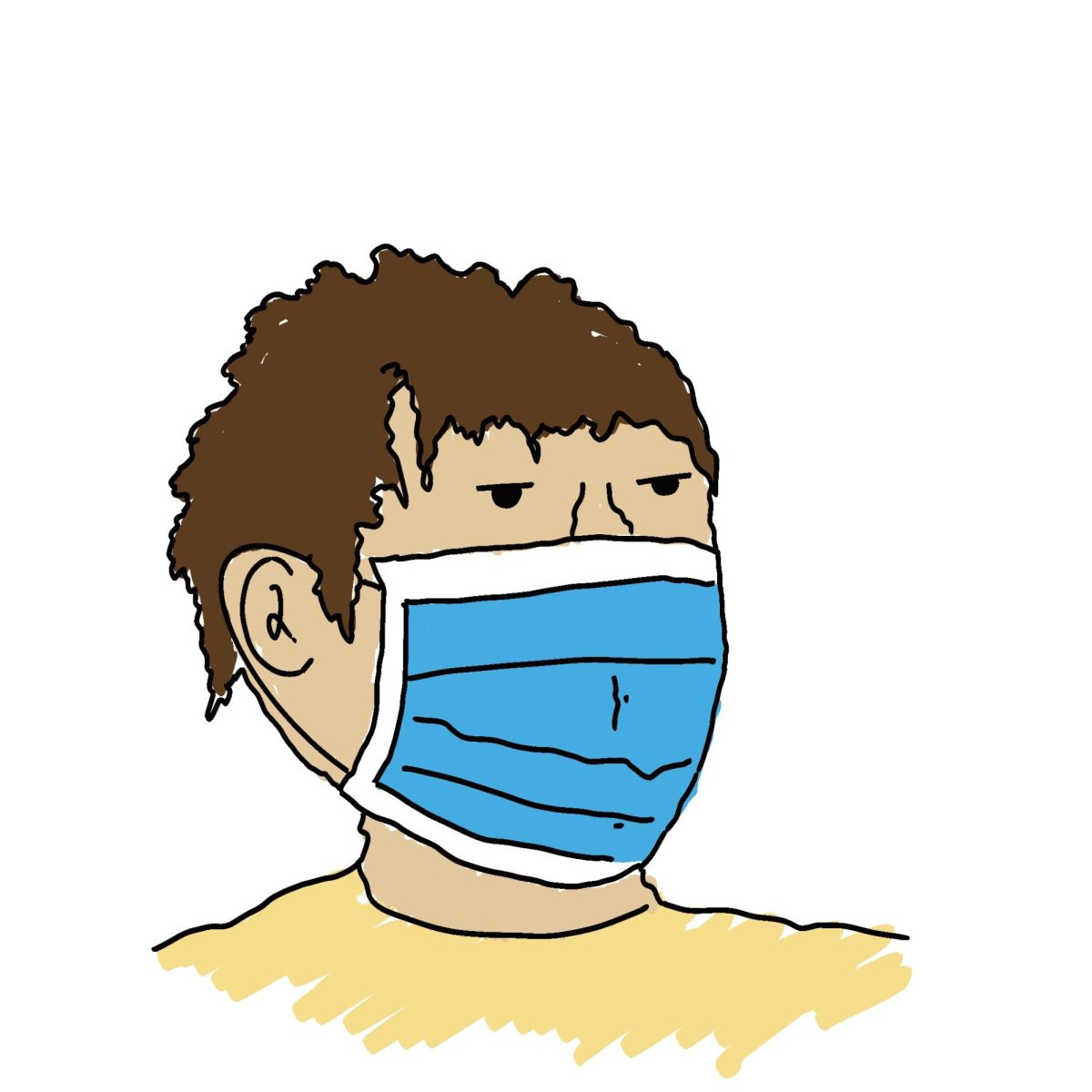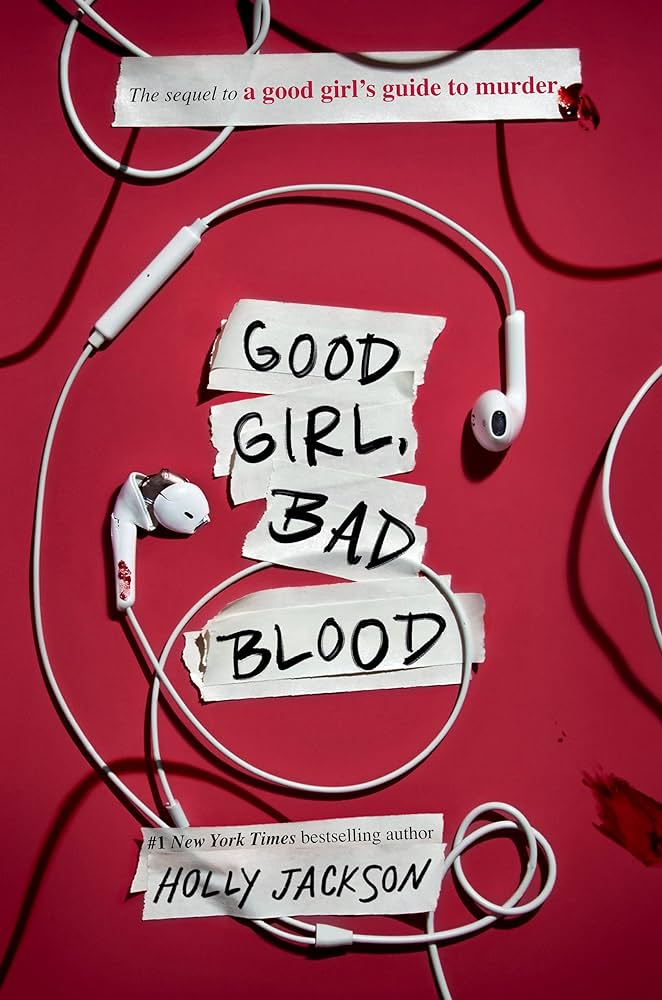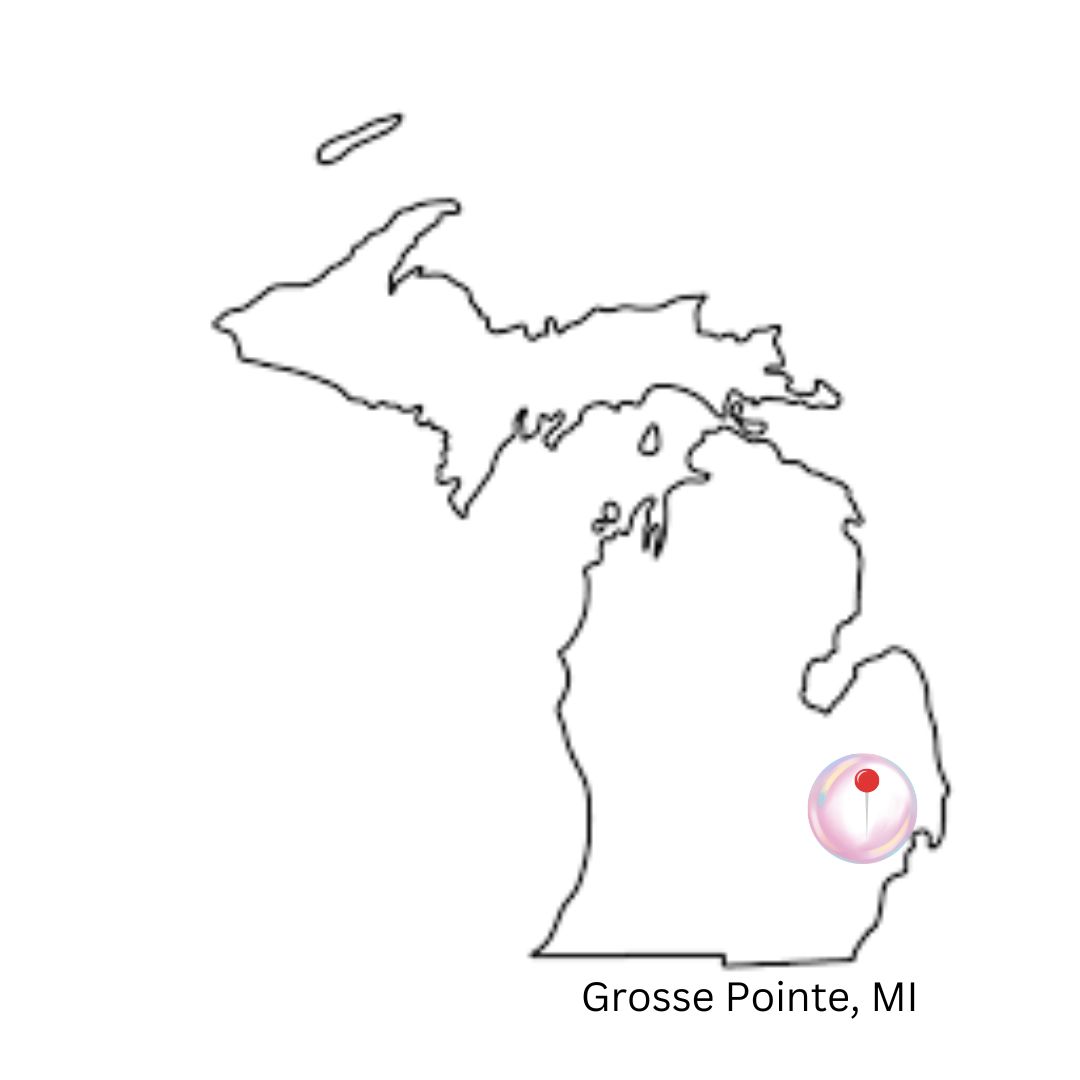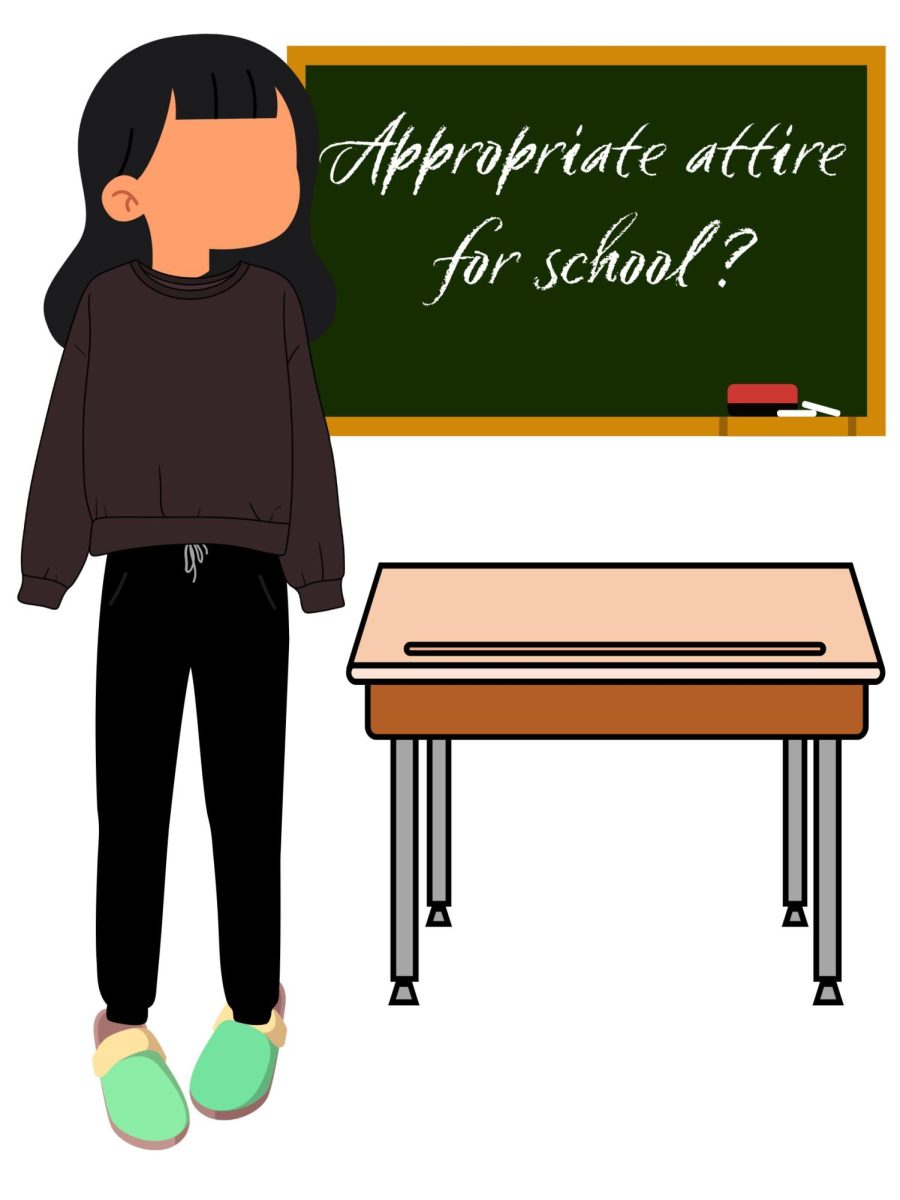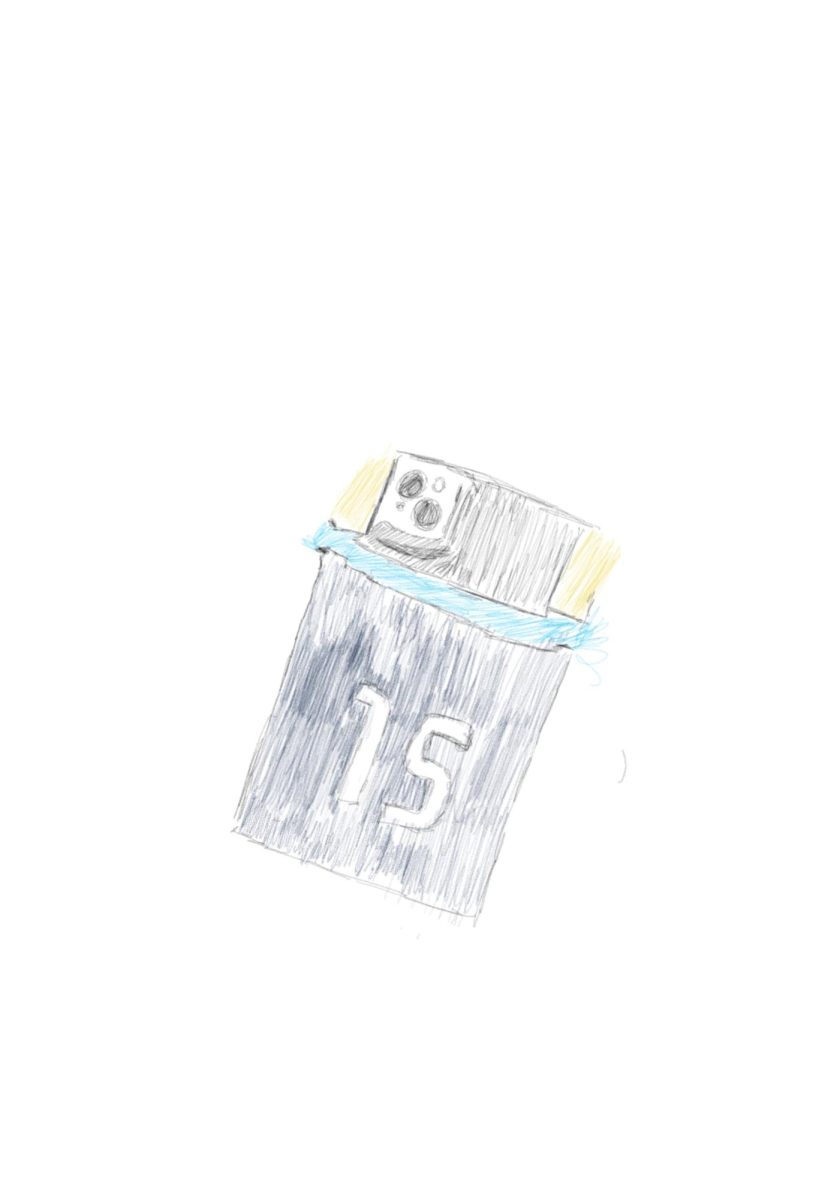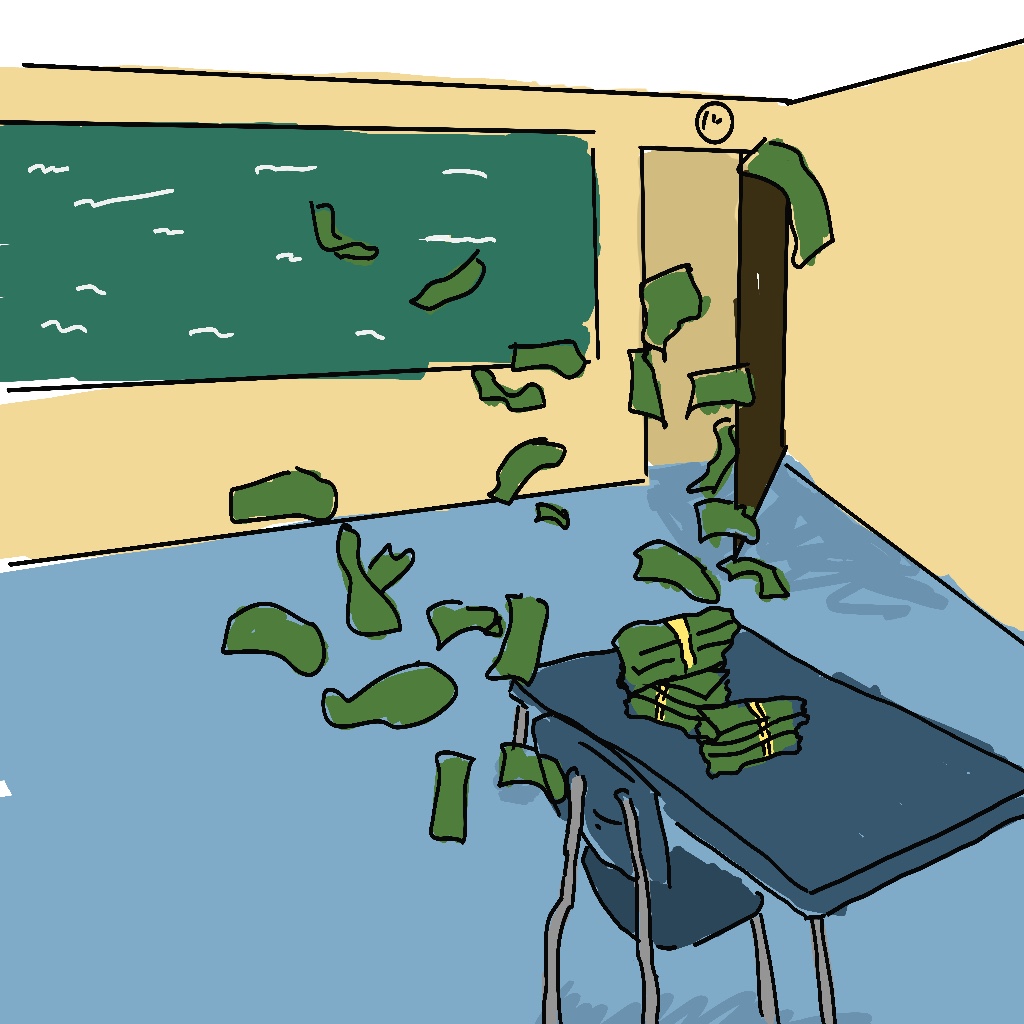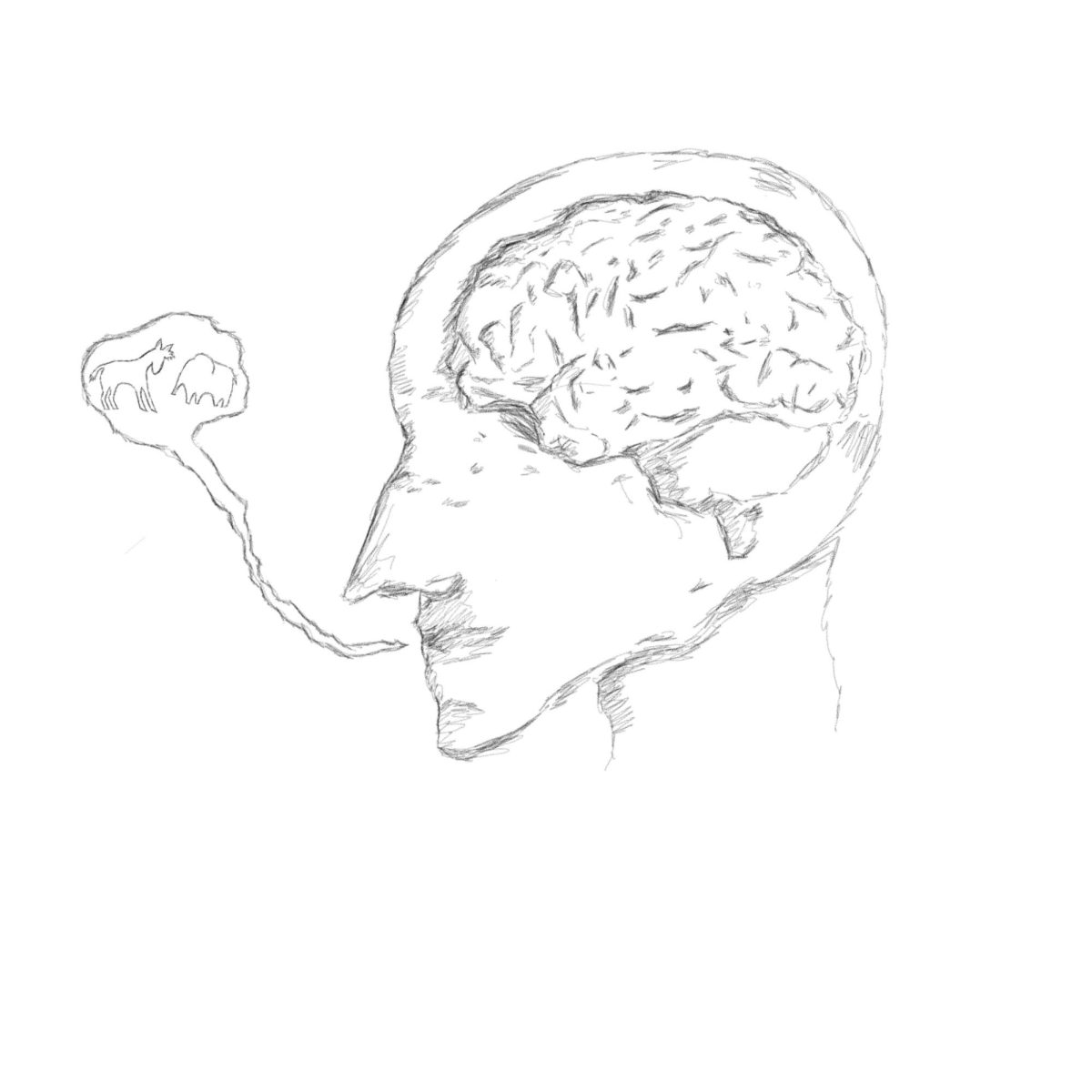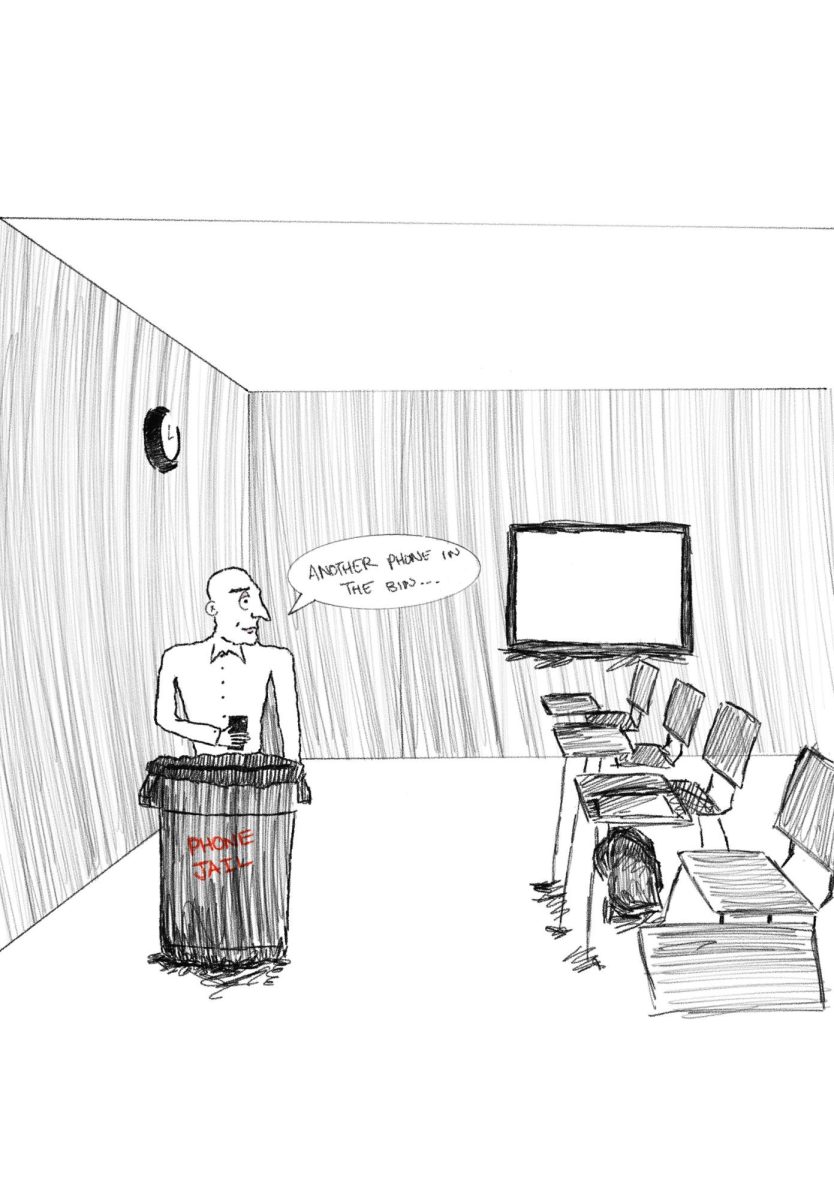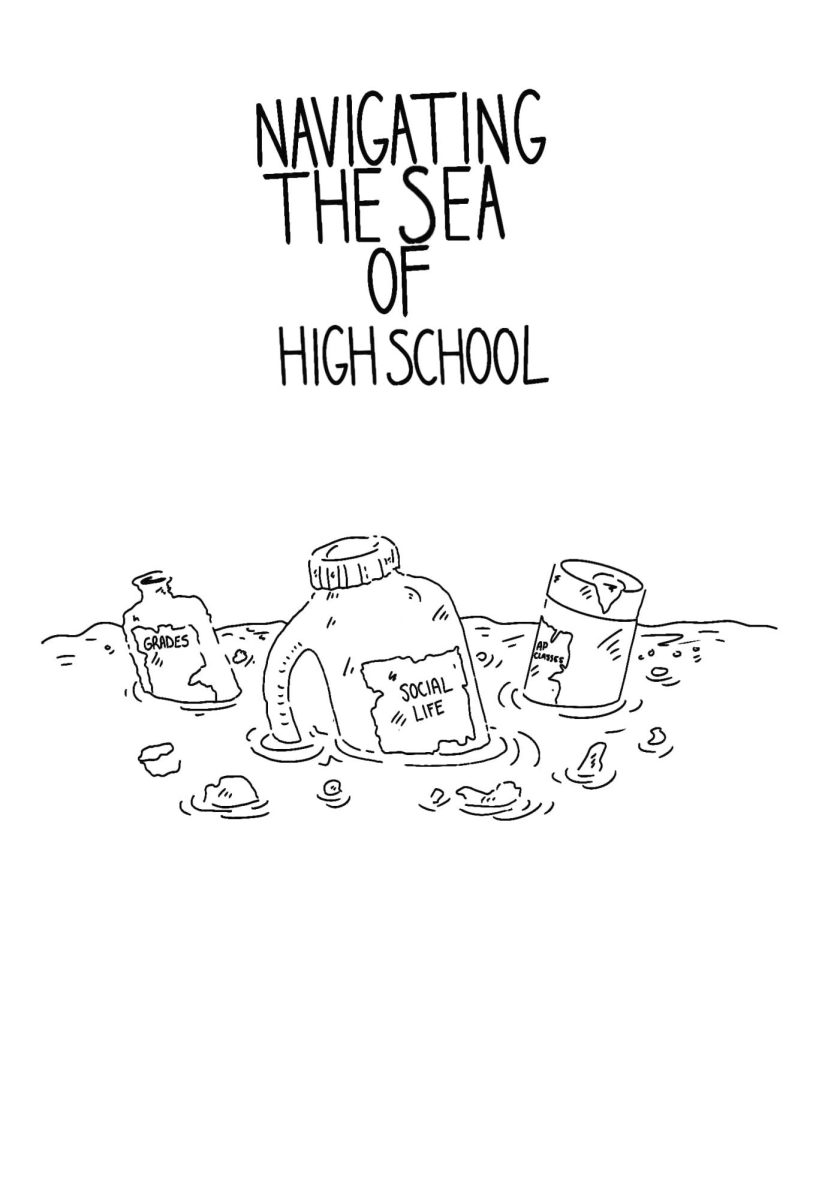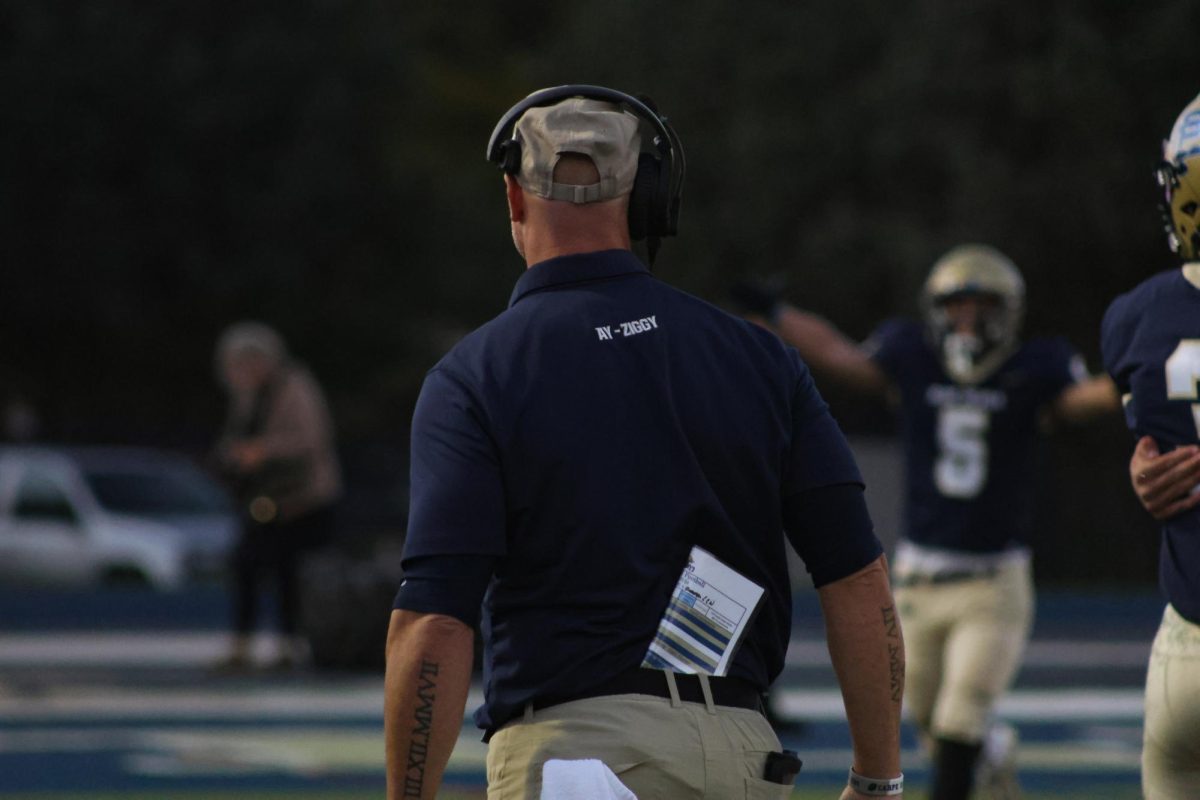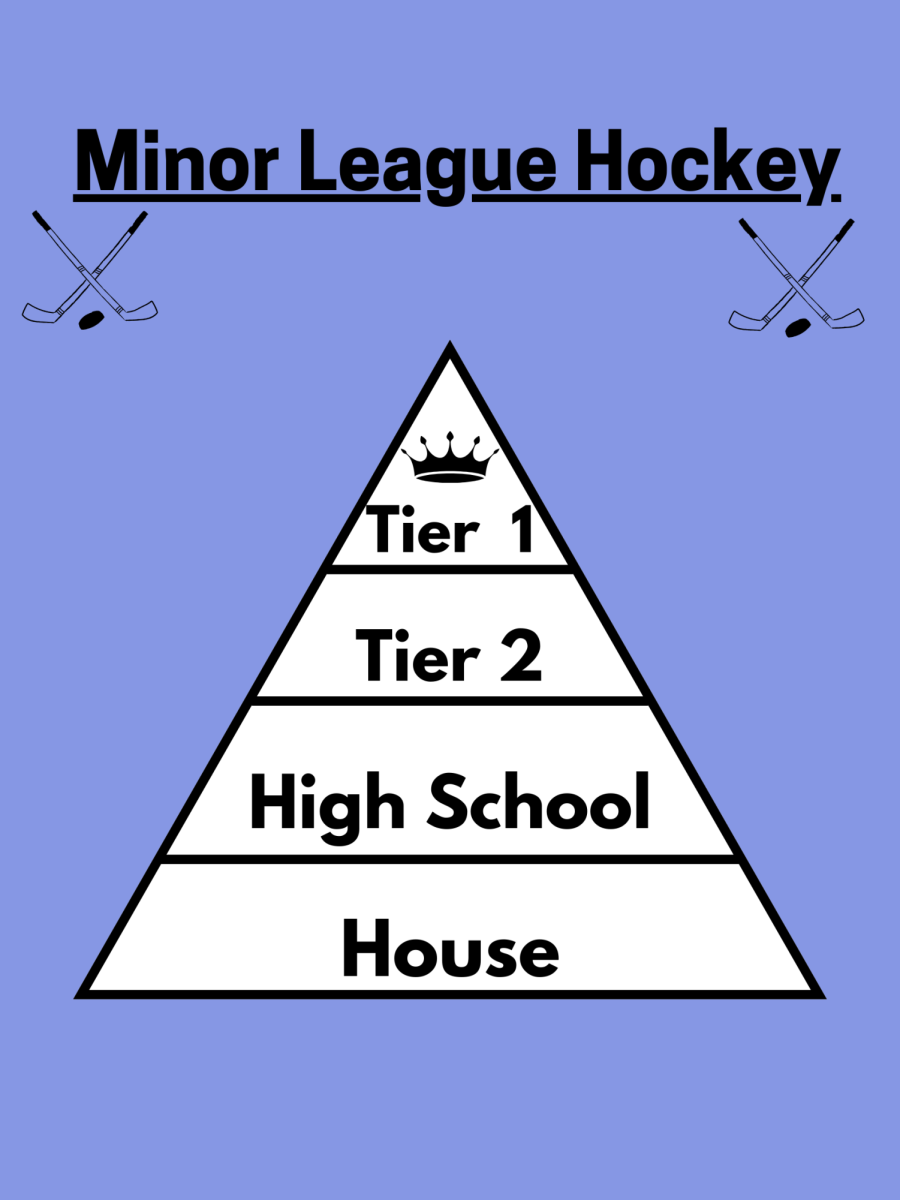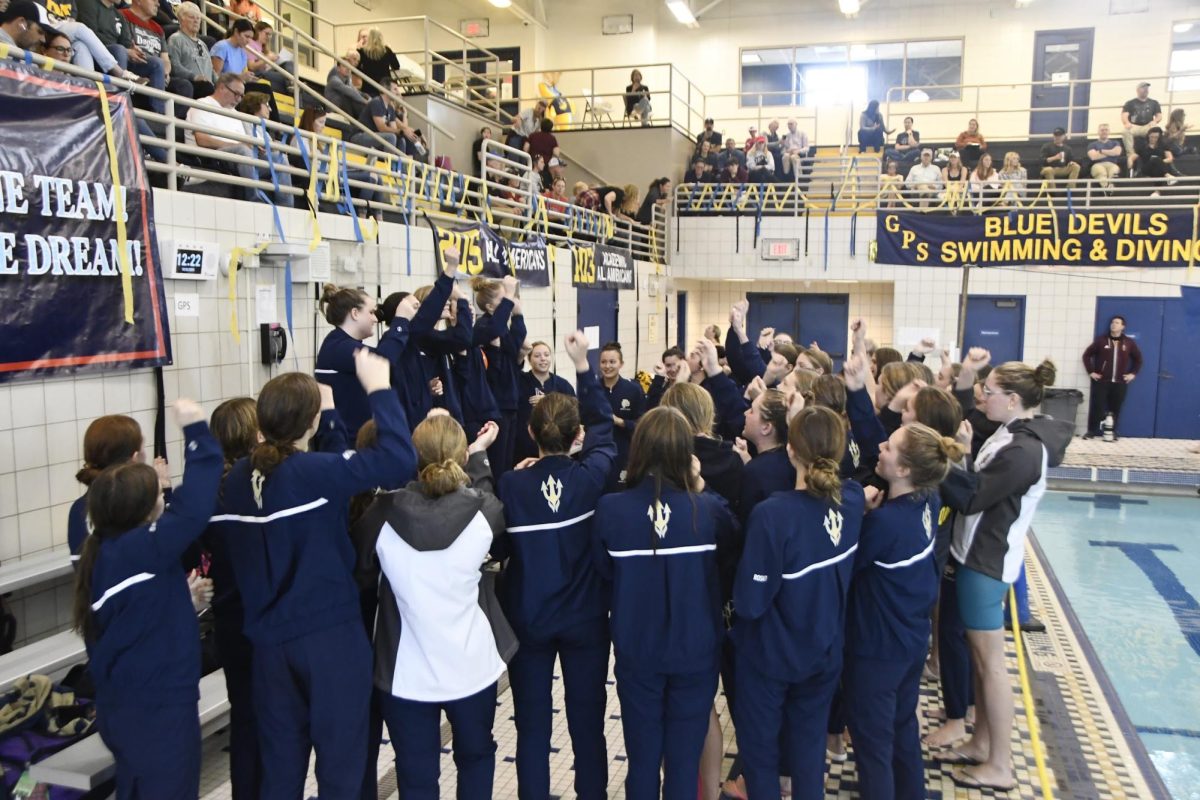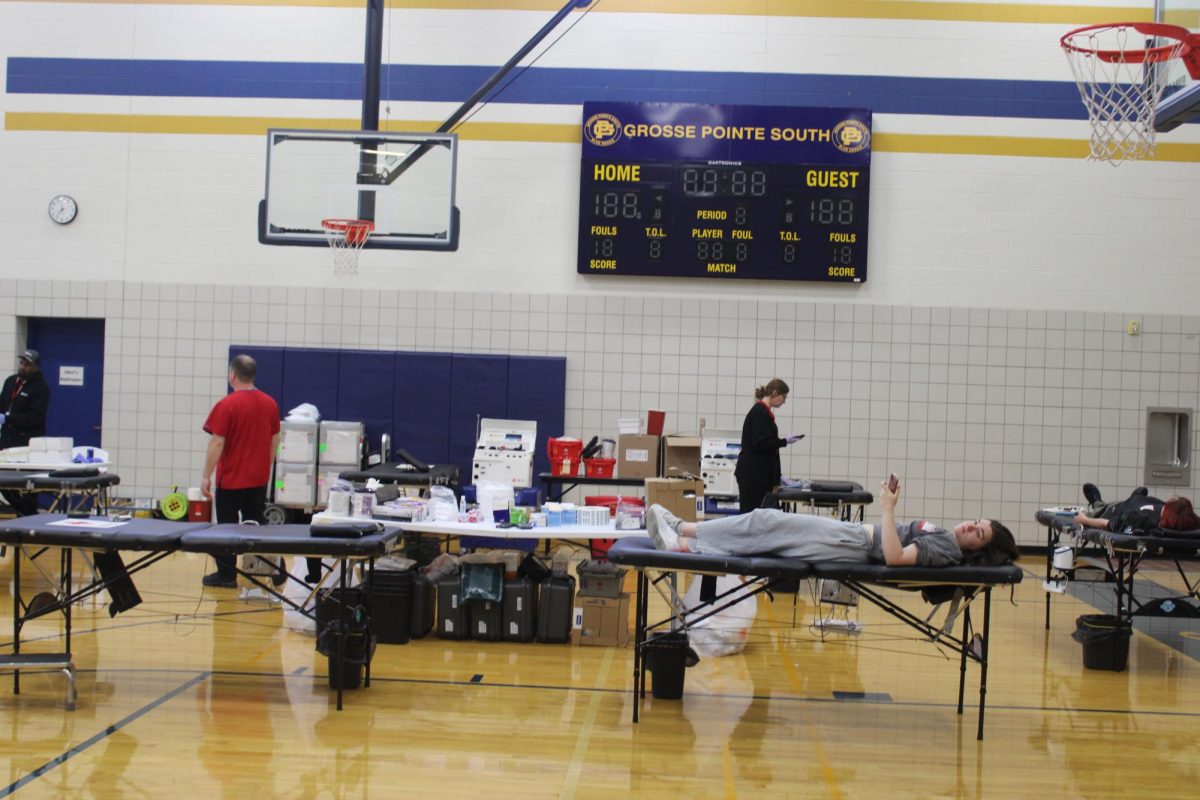The long haul: Amount of school before Thanksgiving break causes stress to students and faculty alike
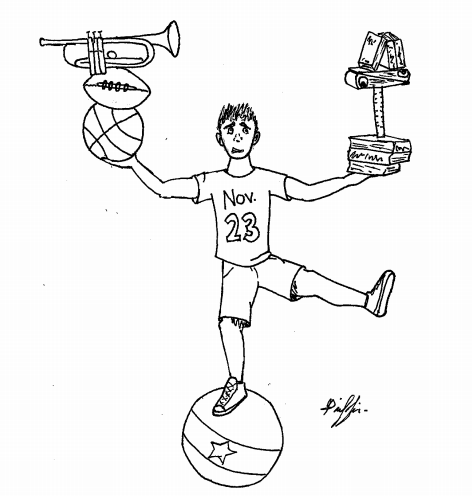
Editorial cartoon by Griffin Jones ’18.
November 9, 2017
Week one: exciting. New teachers, new classes, new classmates.
Week two: enlightening. Introductions to new, intriguing material. (Or not so intriguing, as shown by the continuous line of frustrated students weaving out of the counseling center’s doors).
Weeks three and four: a reality check. Teachers start cracking down on grades while students get a dose of the hard truth; summer really is gone and isn’t coming back for nine more months.
Weeks five, and six and seven, until finally week eleven rolls by: exasperating. The longest stretch of school days without more than a sparse singular day off sprinkled here and there takes a toll on the student body.
We at the Tower believe this stretch of school is grueling and inefficient. From the first day of school to Thanksgiving break, vacations from the intensity of school are slim to none. Facing the whole first quarter of a school year with barely any time to breathe and catch up can trouble even the most seasoned upperclassmen.
For freshmen, high school is daunting enough. Thrown out of their comfort zones, they need the first few months of school to be an adjustment period, not a time of high stress to trigger premature lack of motivation.
Additionally, these weeks overlap the prime college application period. Between academics, sports and extracurricular activities, time dedicated to supplemental essays is few and far between. Exhausted seniors cannot afford to slack off on their college applications, so a choice has to be made: your first quarter grade or the rest of your life? The outcome is obvious.
As for the school as a whole, staff and students alike are getting burned out. Week by week, stress and exhaustion levels rise along with the amount of work that inevitably piles up. Loss of sleep causes this pile of incomplete work to enlarge, causing even more fatigue.
According to the American Psychological Association, one in five teens say when they don’t get enough sleep, they’re more stressed. Teens also report their stress levels during the school year to far exceed what they believe to be healthy.
The staff and students need to work in tandem to solve this issue. It’s beneficial for neither students nor teachers for grades to suffer because of physical and mental fatigue that’s natural and unavoidable. A break, either from school or at the minimum from a challenging curriculum, could help alleviate this problem.
Some teachers have decided to give their students this break by teaching an easier lesson in the final weeks of this long stretch. Lightening the workload is the first step to helping students succeed, even when they’re veering off track.
However, sometimes a break is a necessity. Ideally, to make this long haul more bearable, the Tower believes there should be an addition of a short break sometime in October. Not only would this give students the chance to catch up on rest and their workload, but it would give teachers a breather as well.
Of course, there aren’t an unlimited amount of vacation days the school district can hand out. Current vacation schedules may have to be revisited, but for a good reason.
With the opportunity to rejuvenate themselves, staff and students would avoid the negativity that arises in the home stretch of these eleven weeks, and would be able to focus more effectively on their schoolwork and their jobs.

